Talk Overview
In Part 1, Dr. Dernburg begins with an overview of meiosis, the process of cell division that gives rise to germ cells such as eggs, sperm, pollen and spores, and how it differs from mitosis. Dernburg explains that C. elegans is an excellent model system for studying meiosis because the gonads contain a complete temporal progression of meiotic stages. Development through pairing, synapsis, recombination and segregation can be followed easily since C. elegans are transparent. Taking advantage of the C. elegans system, Dernburg and her lab have studied the process of homolog pairing, an event that is specific to meiosis and required for recombination.
In her second and third lectures, Dernburg delves deeper into the question of how homologous pairs of chromosomes find each other and how they undergo pairing and synapsis. She describes how members of her lab found that each chromosome has a region called a pairing center that is required for homolog pairing. They were able to show that each pairing center recruits one of four related zinc finger proteins that, in turn, interact with the proteins SUN-1 and ZYG-12, which are anchored in the nuclear envelope. The cytosolic portion of ZYG-12 interacts with motor protein dynein forming a bridge or link between the chromosomes and the microtubule cystoskeleton. Using confocal imaging, Dernburg’s lab was able to track the movements of labeled chromosomes and their protein partners to try to decipher how these interactions lead to pairing and synapsis of chromosome homologs.
Speaker Bio
Abby Dernburg
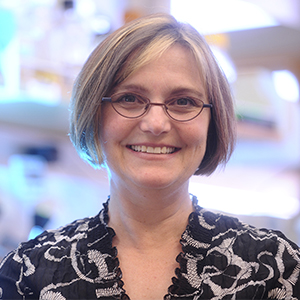
Abby Dernburg is an Investigator of the Howard Hughes Medical Institute, a Professor of Molecular and Cell Biology at the University of California, Berkeley and a Senior Scientist in the Life Sciences Division of Lawrence Berkeley National Laboratory. Dernburg has studied different aspects of chromosome biology for many years, beginning with her PhD studies in… Continue Reading
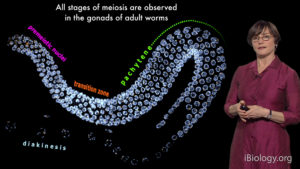
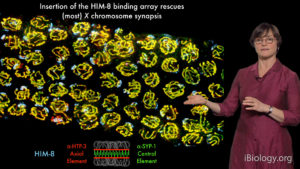
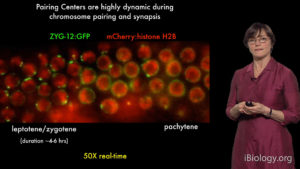
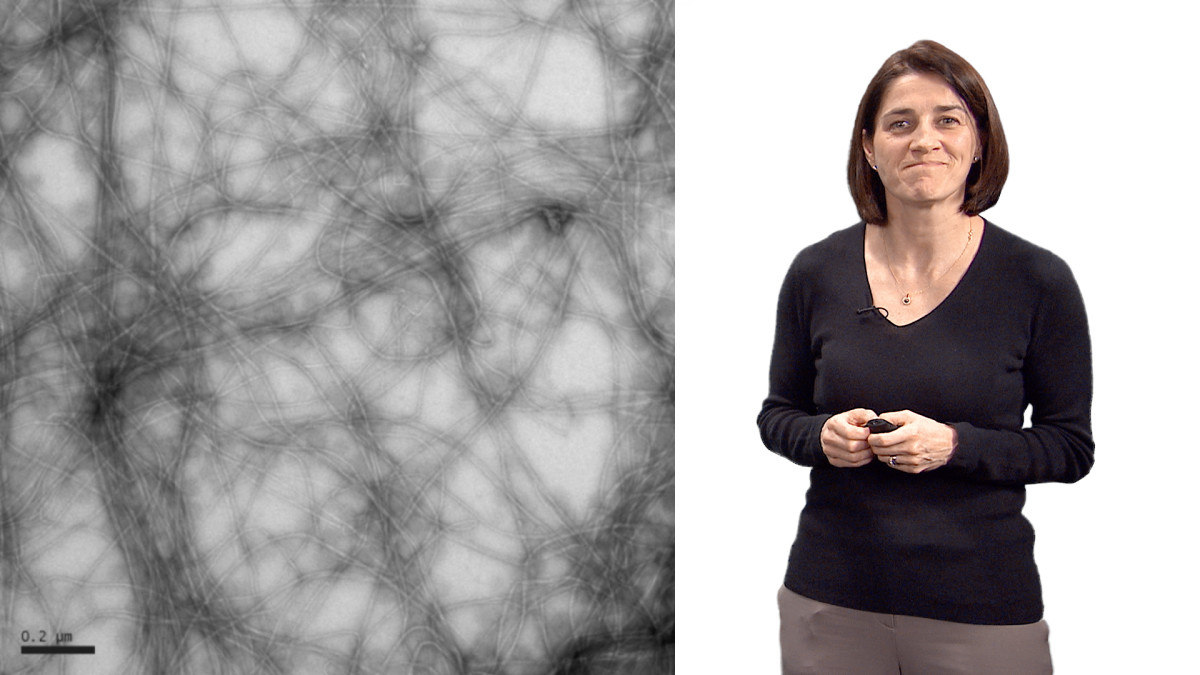
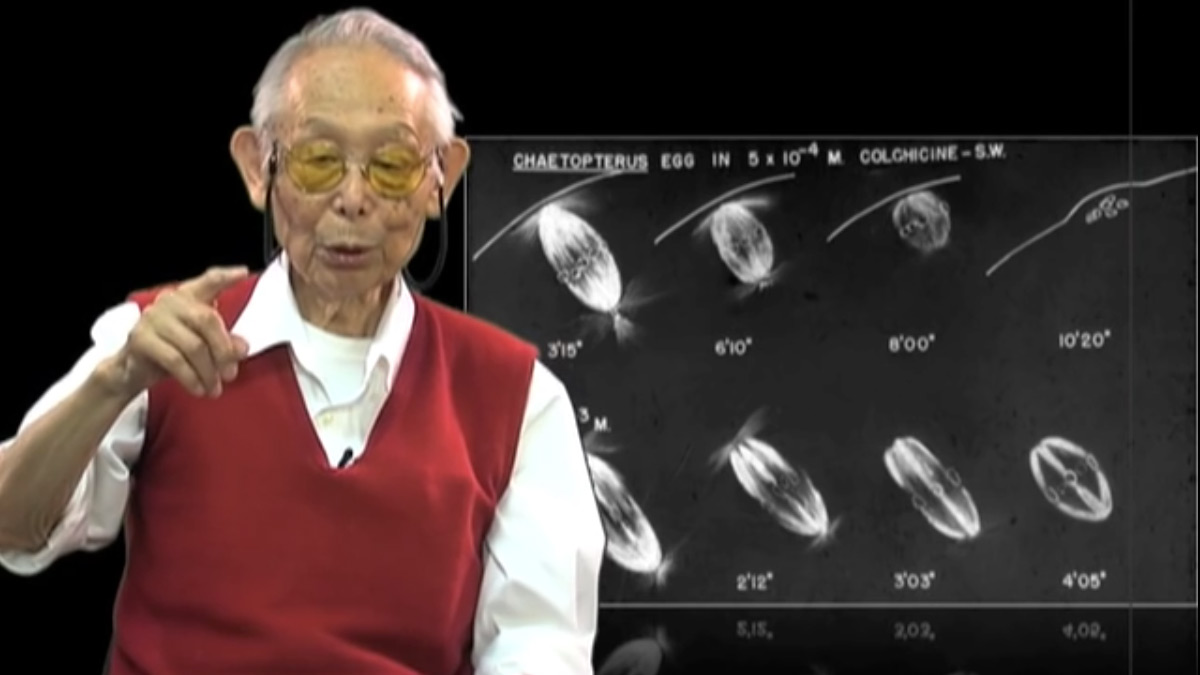
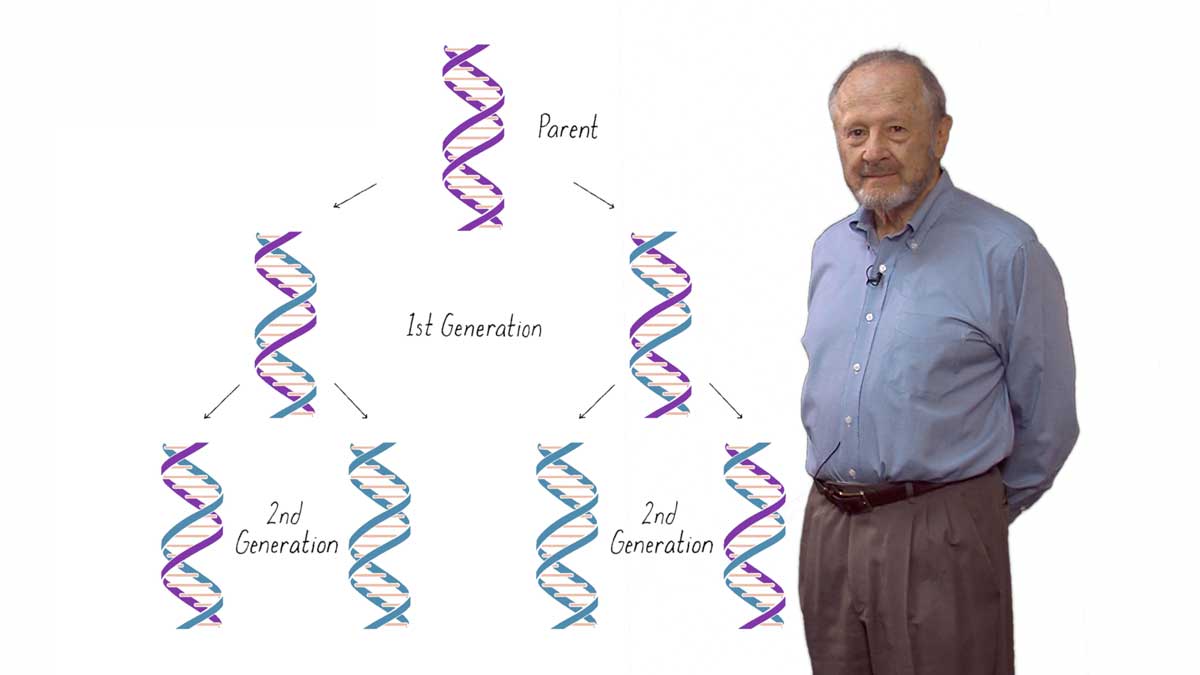
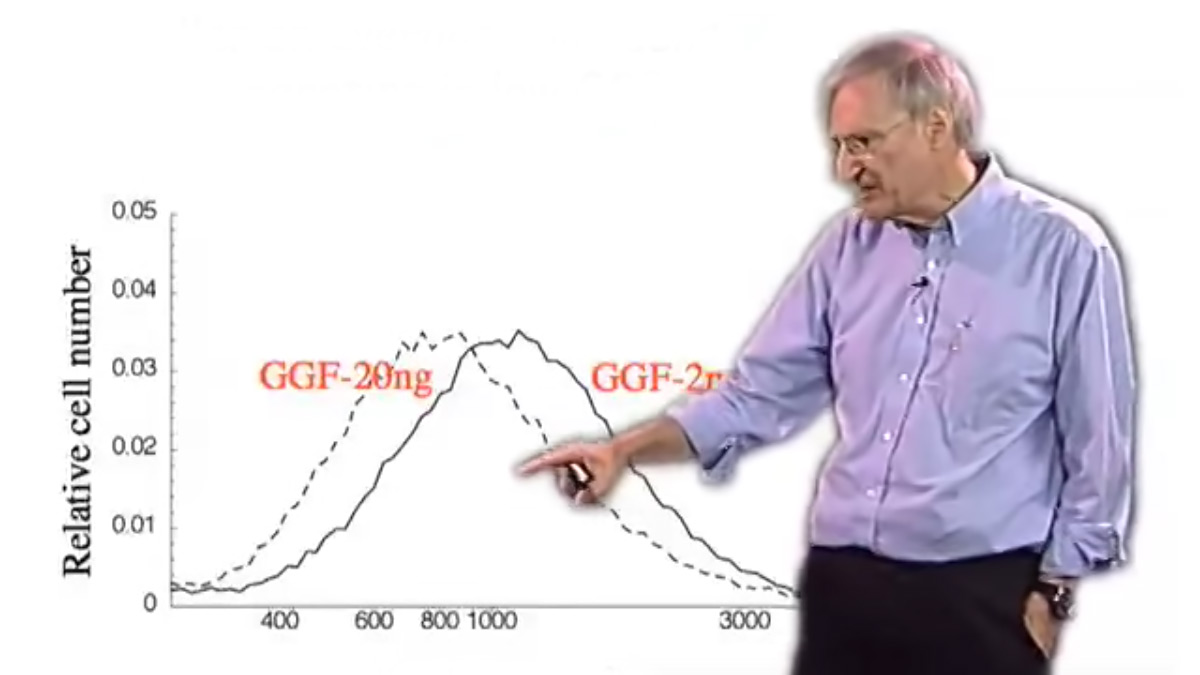





Leave a Reply